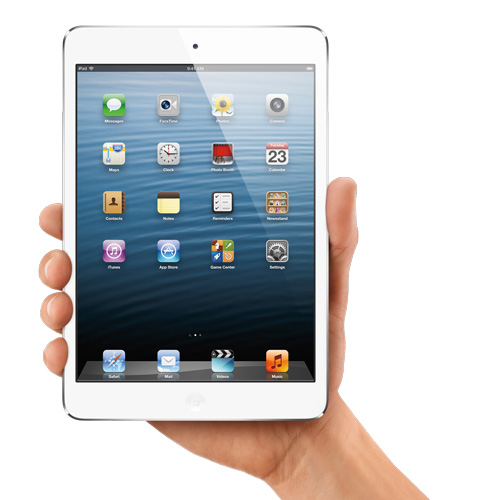Consumer Electronics
Tablets Now Comprise One-Third of All PC Shipments
Published:
Last Updated:

Data released last month from Gartner Inc. (NYSE: IT) treats tablets separately from PCs and laptops, but Gartner also sees the handwriting on the wall:
Whereas as once we imagined a world in which individual users would have both a PC and a tablet as personal devices, we increasingly suspect that most individuals will shift consumption activity to a personal tablet, and perform creative and administrative tasks on a shared PC. There will be some individuals who retain both, but we believe they will be exception and not the norm. Therefore, we hypothesize that buyers will not replace secondary PCs in the household, instead allowing them to age out and shifting consumption to a tablet.
Desktop and laptop PC shipments declined 5% year-over-year in the fourth quarter according to Gartner. By Canalys’s manner of reckoning, which includes tablets with traditional PCs, total shipments in the quarter rose 12%.
Canalys also praises Apple for the timely introduction of the iPad mini, which accounted for more than half of Apple’s tablet sales in the quarter.. Without the smaller device, Apple’s share of the tablet market could have fallen even further. The Cupertino company had 49% of the tablet market in the fourth quarter, the first quarter that Apple has not garnered at least 50% of the tablet market. Tablets from Amazon.com Inc. (NASDAQ: AMZN), Samsung Electronics, and other makers use the Android operating system from Google Inc. (NASDAQ: GOOG) and claimed a total 46% market share.
By counting tablets and PCs together, Apple claimed 20% share of the market in the fourth quarter by shipping 27 million units. Hewlett-Packard Co. (NYSE: HPQ) shipped 15 million units to edge Lenovo for second place, with each getting 11% share. Samsung leaped into fourth place with 9% share and Dell Inc. (NASDAQ: DELL) rounded out the top five.
The Canalys announcement is available here.
Thank you for reading! Have some feedback for us?
Contact the 24/7 Wall St. editorial team.